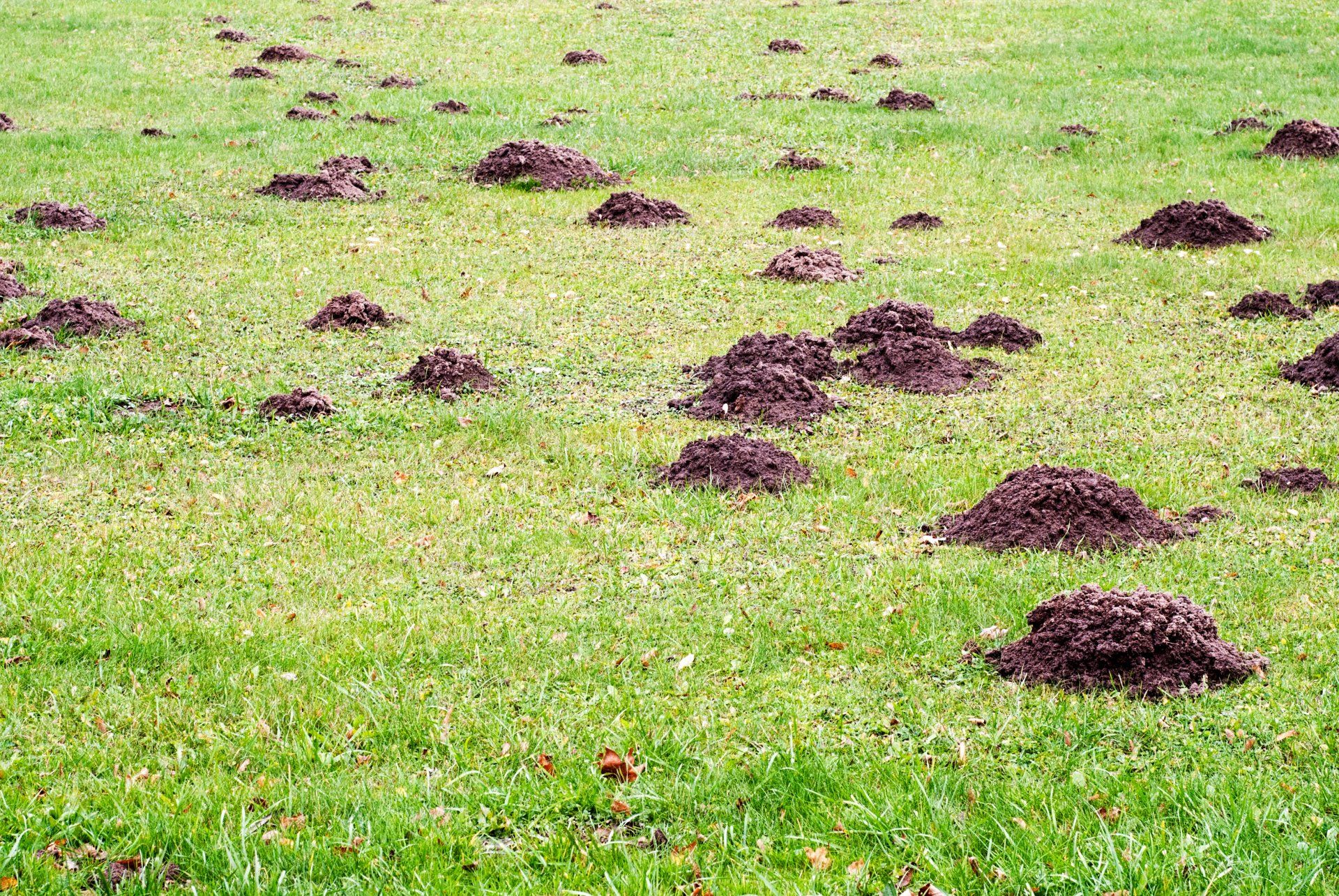Moles
Moles
Mole prevention and removal
In 1702 William III died of pneumonia; a complication from a broken collarbone, resulting from a fall off his horse. It had stumbled into a mole's burrow, leading many Jacobites to toast "the little gentleman in the black velvet waistcoat." This name became synonymous with moles, and they are still sometimes referred to as that today.
Mole surveys and treatment
Times may have changed but the mole and his behaviour haven’t. It is by nature a solitary creature and lives almost entirely underground, in a tunnel system that may cover an area of 400-2000 square metres.
They feed mainly on earthworms but also on various other invertebrates including slugs and insect larvae. Much of the prey is caught when it falls into the tunnel system that acts as a kind of pitfall trap. The mole patrols the tunnel system almost continuously; with activity periods of 4 ½ hours alternating with 3 ½ hours rest.
The familiar sight of molehills marks the arrival of moles, and left untreated they can undermine entire gardens, fields, parks and sports pitches. There are two treatments that work: trapping and gassing both have their advantages and disadvantages depending on the affected area and the soil.
Apest Solutions can offer a free survey, determining the best solution for your mole problem and - most importantly - the cost. Contact us
today for help with your mole infestation!


